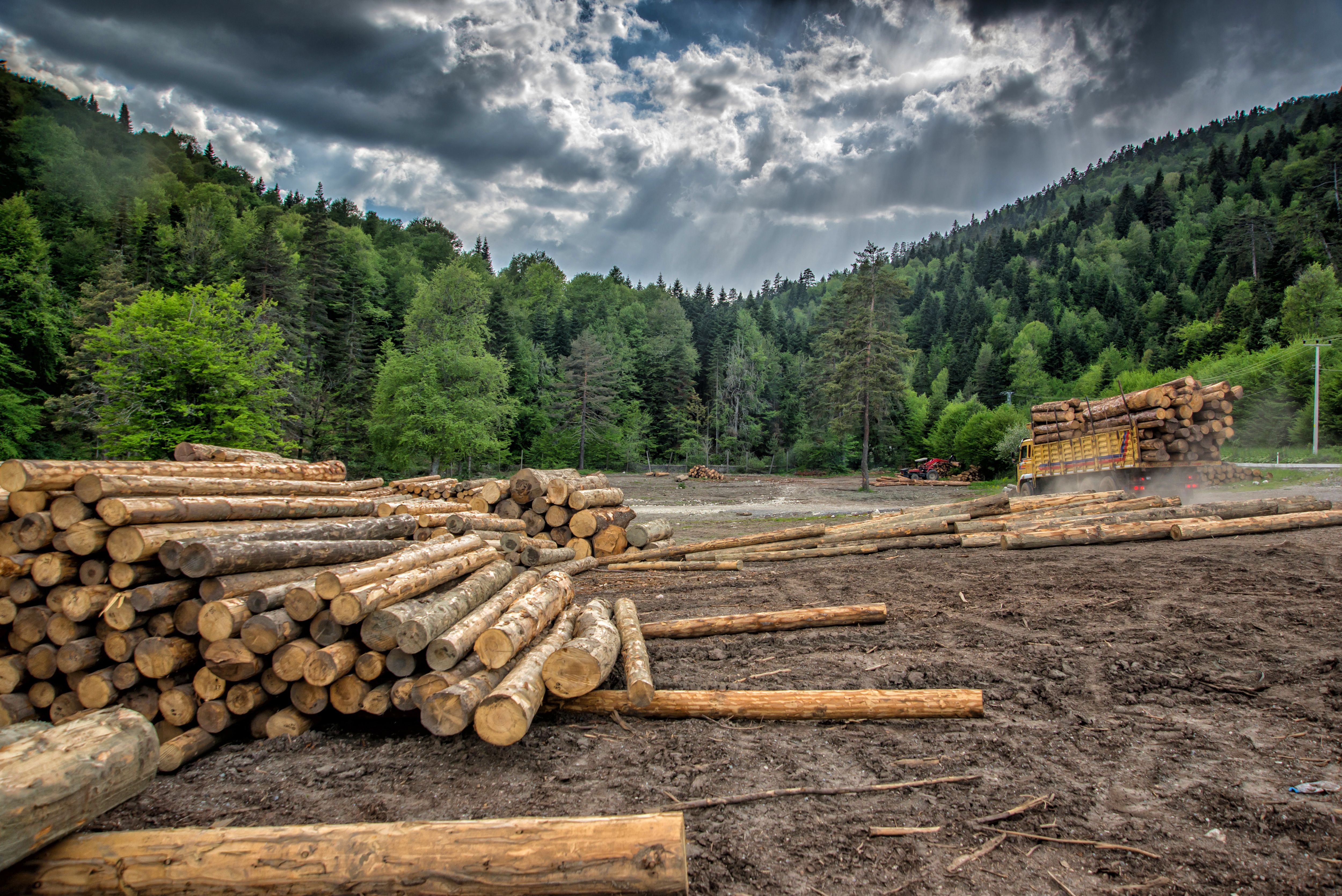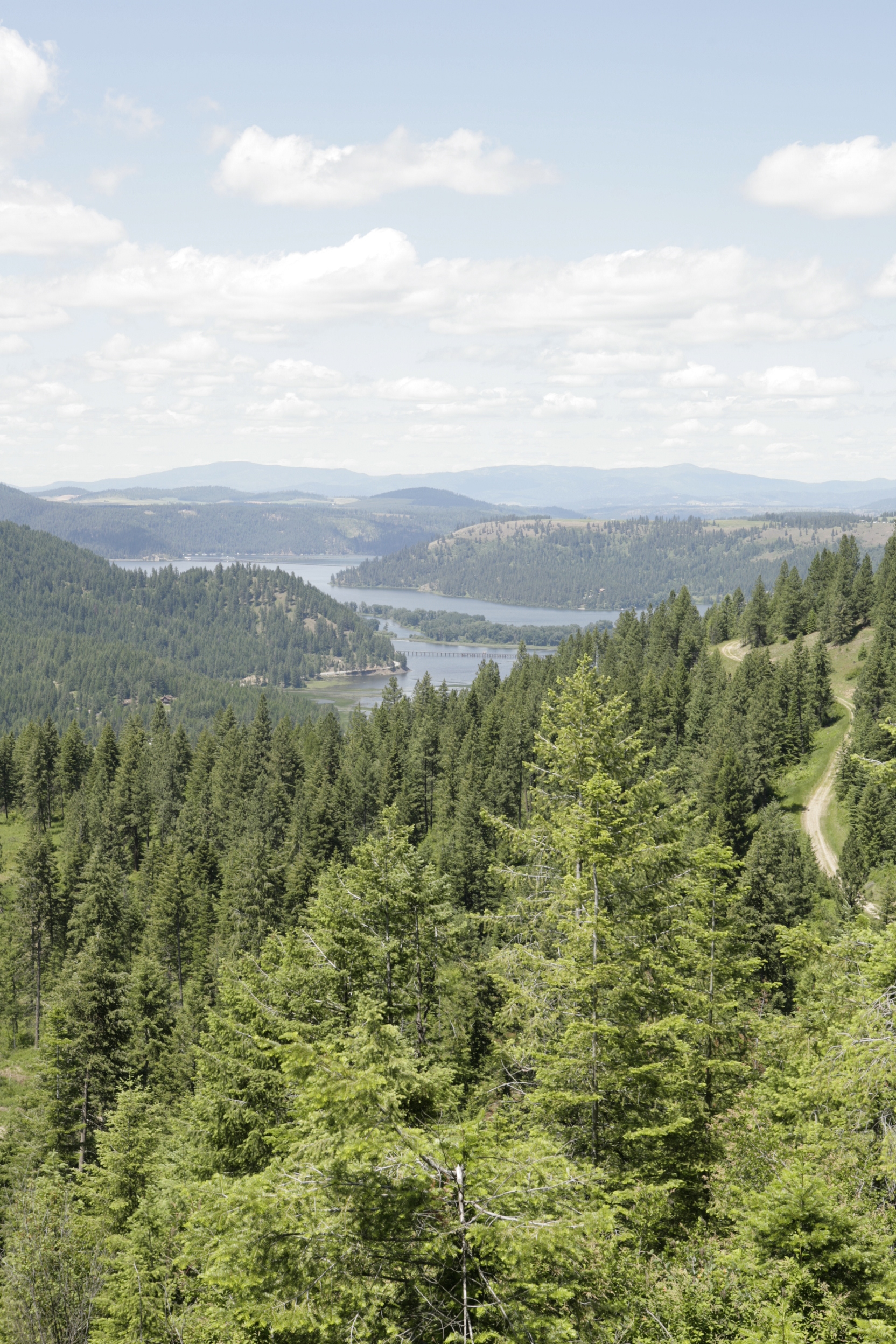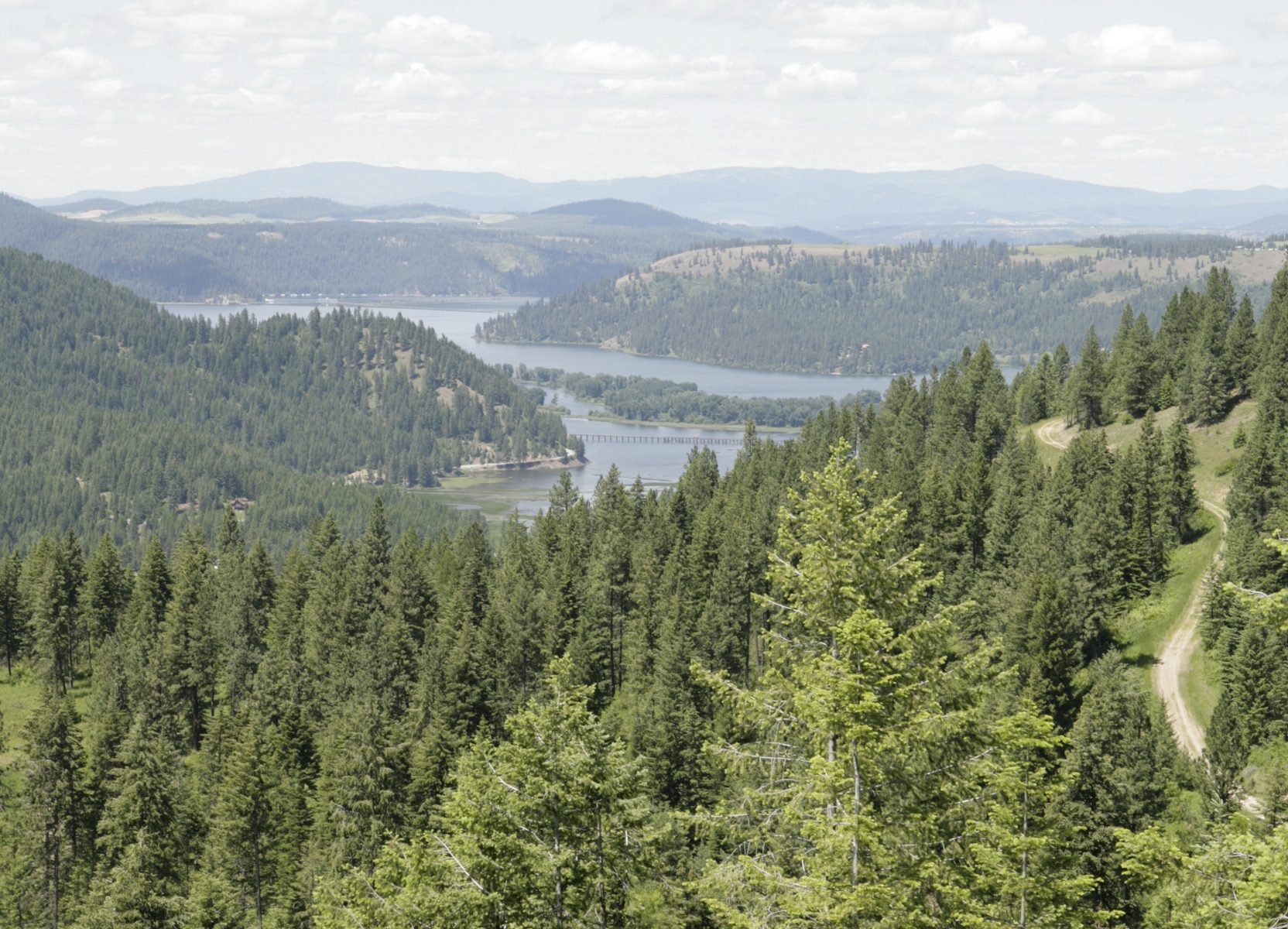Potlatch Prepares for the Future of Timberlands
 Potlatch Corp. (NASDAQ: PCH) was founded in 1903 near the vast white pine forests of north-central Idaho. By 1906, the company owned a portfolio of considerable timberland holdings and had constructed a state-of-the-art lumber mill. It had even built a town for its employees and their families.
Potlatch Corp. (NASDAQ: PCH) was founded in 1903 near the vast white pine forests of north-central Idaho. By 1906, the company owned a portfolio of considerable timberland holdings and had constructed a state-of-the-art lumber mill. It had even built a town for its employees and their families.
Today, Potlatch owns 1.4 million acres of timberlands across five states. This includes 615,000 acres in northern Idaho, 604,000 acres combined in Alabama, Arkansas and Mississippi, and the remainder in Minnesota.
Overall, Potlatch is a top 10 lumber producer in the United States.
AT A GLANCE
Address:
601 West First Avenue
Suite 1600
Spokane, WA 99201
Phone: 509.835.1500
Website: potlatchcorp.com
Management Team:
Michael J. Covey, Chairman and CEO
Eric J. Cremers, President and COO
Jerald W. Richards, Vice President and Chief Financial Officer
Lorrie D. Scott, Vice President, General Counsel and Corporate Secretary
“During our 12-decade history, we engaged in nearly every aspect of the industry, including pulp and paperboard, liquid container manufacturing, household tissue products, remanufactured wood products and engineered wood products such as oriented strand board,” says Michael Covey, chairman and CEO of the Spokane, Washington-headquartered company. “Our return to a simple timberland and solid wood products manufacturing structure over the last decade has proven to be the perfect niche for Potlatch.”
In the last 20 years, investors purchased millions of acres of U.S. timberlands as part of a shift by numerous integrated forest products companies focusing on manufacturing. Potlatch retained its integrated solid-wood-manufacturing model when it became a REIT in 2006. Its manufacturing and other businesses complement its timberlands and are held in a taxable REIT subsidiary.
The REIT election “increased the value of Potlatch’s timberlands and provided the company the ability to offer more competitive prices in the timberland acquisition market,” Covey says.
Key Acquisition Strategy
After a number of acquisitions and mergers within Idaho during its first 25 years, Potlatch expanded operations outside the Gem State through mergers with the Southern Lumber Company in Arkansas in 1956, the Bradley Lumber Company in Arkansas in 1958 and the Northwest Paper Company in Minnesota in 1964.
In 2014, it purchased 201,000 acres in Alabama and Mississippi for $384 million.
“These high-value timberlands are located in markets with strong wood demand,” Covey says. “The acquisition diversified our southern timberland ownership into two new states, which provides the ability to leverage new and existing customer relationships as well as provide a new beachhead for bolt-on acquisitions. The transaction was immediately accretive to our cash available for distribution, and was the catalyst for a 7 percent increase in our dividend in the fourth quarter of 2014.”
 Steve Chercover, a managing director and senior research analyst with D. A. Davidson in Portland, Oregon, who covers three of the four timberland REITs, says he likes what Potlatch has done over the last decade, citing the company’s “opportunistic” buying patterns. He points out, however, that like all timberland REITs, the company is facing challenges from pressure on southern sawlog prices. “The space is pretty mature and fair valued,” Chercover says of the timberland REIT sector.
Steve Chercover, a managing director and senior research analyst with D. A. Davidson in Portland, Oregon, who covers three of the four timberland REITs, says he likes what Potlatch has done over the last decade, citing the company’s “opportunistic” buying patterns. He points out, however, that like all timberland REITs, the company is facing challenges from pressure on southern sawlog prices. “The space is pretty mature and fair valued,” Chercover says of the timberland REIT sector.
Earlier this year, Raymond James’ REIT analysts gave Potlatch an “outperform” rating, citing expectations for a move back to some form of managed trade policy to be a positive for the timber REITs. The report said that Potlatch was one of two timber REITs (Weyerhaeuser being the other) that stands to benefit most from higher lumber prices due to direct exposure.
Roots for Growth
With most of its activity currently in Idaho and the U.S. South, Covey notes Potlatch leadership often says the next dollar it expects to invest through an acquisition would be in the U.S. Central Gulf South.
“This could be anywhere from East Texas to Alabama, which would complement our current footprint in Arkansas, Mississippi and Alabama,” he says. “Timberland ownership in the South is highly fragmented, and southern sawlog prices are poised to recover to trend levels as the U.S. housing market recovery continues.”
A challenge to further acquisition is that there’s been a high degree of interest in investing in timberlands,particularly in the South of late, according to Covey. He notes that successful acquirers of timberlands have been using low discount rates and assuming near-term recovery in southern sawlog prices.
“Our return to a simple timberland and solid wood products manufacturing structure over the the last decade has proven to be the perfect niche for Potlatch.” – Michael Covey, Chairman and CEO, Potlatch
Additionally, a number of timberland owners deferred harvest in the South during the recent recession, which created a surplus of standing inventory. Unlike most real estate investments where vacancy can lead to lost revenue, a decision to defer timber harvests just postpones the cash flow and allows the trees to grow in size.
“That has resulted in fully priced transactions,” Covey says. “That is a good thing in the context of being a timberland owner, but it makes finding accretive acquisitions challenging.”
Mark Weintraub, director of Buckingham Research in New York, raises an intriguing possibility for Potlatch’s future.
“I expect [Potlatch] to continue to look for bolt-on acquisitions, and there’s a question longer term of whether or not there may be a merger with another entity,” he says. “It’s all about timberland, and the question is should they run as is, do they grow or do they merge? They’ve done some portfolio shifting, but I think they’ve been smart in biding their time and being patient making that next move.”
For now, Covey sees lasting success in the future for the company despite the potential for obstacles in the short term. He points to the continued recovery in the U.S. housing market as one positive factor. Additionally, strong repair and remodel markets are providing significant tailwinds.
“Over time, stronger prices for lumber and plywood needed to support the nation’s housing industry translate into higher prices for the trees that we grow,” he says.
Published at Tue, 23 May 2017 21:04:03 +0000


